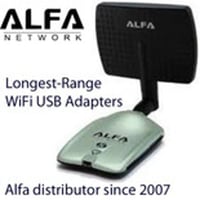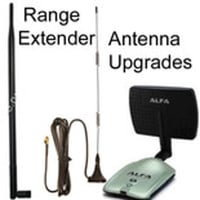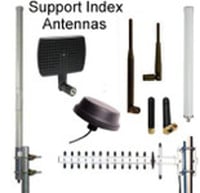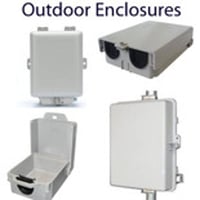WiFi USB Adapters & Cards
WiFi USB adapters for WiFi:
USB WiFi adapters come complete with WiFi functionality that can override the WiFi capabilities of the host hardware it is connected to, and provide a faster and more reliable connection. This is done simply by inserting the adapter into an available USB port on a plug and play basis, or by downloading the relevant drivers to the host computer.
The adapter utilizes an internal wireless router and translates the WiFi signal data for use by the host computer. These adapters typically operate in compliance with WiFi standard 802.11ad on the 2.4 and 5.0 GHz frequencies. These USBs operate at a variety of speeds (of which USB 3.0 provides the fastest speeds) and are classified by their rate of data transfer in megabytes per second (e.g. AC 1200). The performance of these WiFi adapters can also be improved by adding a USB extension cable or integrating an antenna which can be dockable if cumbersome.
Advantages of WiFi USB Adapters
- You reduce the number of cables on your desk which is quite a godsend especially if you are on a desktop PC.
- You can move around more freely as you do not have to connect to a router via Ethernet cables.
- It is easy to change the USB adapter given that they are relatively inexpensive technology as compared to say changing the WiFi card on your WiFi Client.
- Many client devices come with faulty drivers that malfunction and drop the connection, particularly following updates. With an independent adapter, you do not need to replace your client device because of faulty drivers.
WiFi USB adapters connect to a PC's motherboard through the USB port. They are very easy to use as all you need to do is plug it into the WiFi client’s (laptop, camera, smartphone, and printer among others) USB port, and either install drivers or wait for the system to install the drivers. As soon as the appropriate drivers have been installed, you can connect to a wireless network using your credentials.
Wireless PCI Cards
A wireless PCI card is a device that plugs into the WiFi Client’s motherboard through the PCI slot. They are typically not very portable due to having several antennas that stick out from the back to give a stronger signal.







